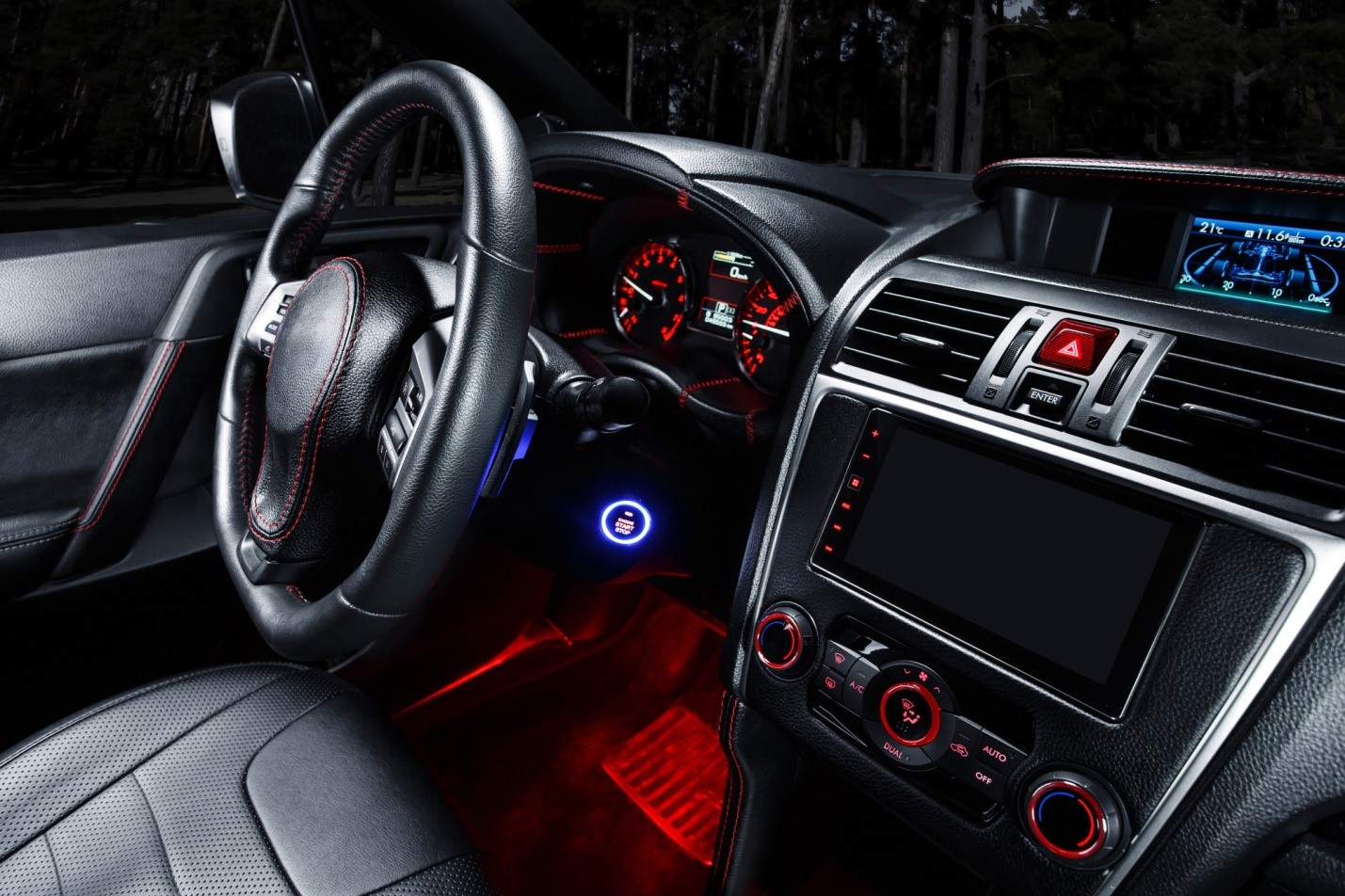Of the many conditions which result in a change in the shape or position of the toes, the curly toe stands out as a more unique deformity that is treated in a somewhat different manner than a standard toe deformity (like a hammertoe). This article will discuss this unique deformity, and ways to treat it effectively.
Due to a variety of reasons (but mostly because of one’s arch structure), the toes can gradually develop a change in their shape over the course of many years of standing and walking. The most common change is the development of the hammertoe, in which the first joint, or ‘knuckle’, of the toe pulls upward, while the middle of the toe flexes downward. Although rarely painful in and of itself, a hammertoe deformity can allow for excessive pressure from the top of a shallow shoe onto the toe. A corn will develop on the skin where the toe joint is prominent, which can eventually lead to pain. Another change that often develops is a rotation of the little toe towards the toe next to it. Often called a curly toe, this condition is the combination of a hammertoe deformity, and an actual inward rotation of the toe. The result of this abnormal toe position is usually a very painful corn that forms due to the pressure from the shoe on the toe, where the toe bone is now prominent due to the toe rotation. The difference between the corn that forms in this condition as opposed to that of a regular hammertoe is that this corn is less on the top of the toe than it is more along the side of the toe. The involved skin is still the ‘top’ of the toe technically, but the corn appears on the side because the top of the toe has rotated to the side. In this case, not only does the top of the shoe irritate the corn, but the side does as well. A second pattern of corn can also form along side the outer edge of the nail where pressure from the ground builds up due to the toe’s rotation. This corn is often mistaken for an ingrown nail due to it’s closeness to the nail edge itself. Removal of the side of the nail in this case will only temporarily relieve the symptoms, as the toe pressure from the rotation will allow a corn to form again despite the nail edge’s removal.
The little toe is not the only toe that can curl inward. This can also be seen in the other smaller toes, although the fourth toe (the one next to the little toe) is the primary toe outside of the little toe to develop this. However, this toe does not tend to develop the same sort of painful corn as the little toe, due to the unique position of the little toe on the outside of the foot.
Treatment of this condition is fairly straight forward. One either conservatively lives with the condition or one has the toe straightened out surgically. Self-care with gentle filing of the corn with an emery board or pumice stone after bathing can flatten the corn and limit it’s potential to cause pain. Taping the toe out of a rotated position has limited benefit, and may actually cause additional discomfort. The use of a wider and deeper shoe seems to give the most benefit by reducing the external pressure on the toe. Padding the toe with gel, foam, or felt pads can provide some pressure reduction, although they need to be applied daily. Topical corn removers should be avoided as they contain skin acids that can potentially harm the surrounding good skin and create a chemical burn on the toe.
Surgery to repair this condition is possible, and is usually quite effective. This fairly simple procedure combines a fixing or straightening of the hammertoe deformity (by removing a small amount of bone near one of the toe joints), as well as a procedure to straighten out the toe rotation. Fixing the rotation can involve plastic surgery techniques to re-rotate the skin back around, or a technique to partially fuse the little toe with the base of the toe next to it to keep it stable and straight. The plastic surgery technique uses various skin incision orientations to effectively push the toe back into a non-rotated position. The fusion procedure removes part of the space in between the little toe and the fourth toe, and then stitches the skin together. Once this heals, the bases of the two toes will be as one. This has no effect on the way the foot functions in walking, and cosmetically is barely noticeable. The end result is a little toe that cannot rotate out of position any longer. Recovery is fairly simple for both the bone and skin part of the procedure, with most people able to return to a normal shoe within three to four weeks. Complication rates are low, and the toe tends to stay in the corrected position for life.
The curly toe deformity is common, can cause discomfort in shoes, and yet is easily treated. Anyone suffering from this toe deformity should see their foot specialist (podiatrist) for evaluation and treatment options specific to their toe.











